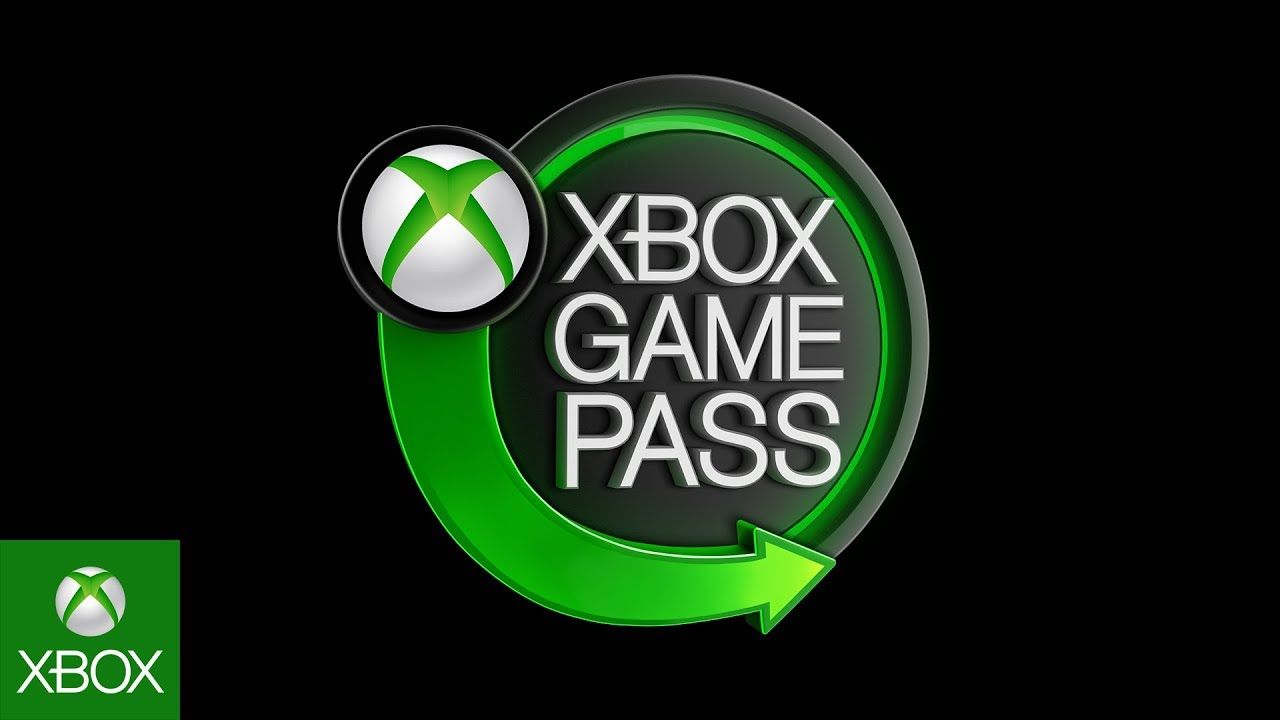- Google has rebranded G Suite to Google Workspace.
- Workspace will provide users with the same apps but with a more acute focus on collaboration.
- Google has also expanded the product’s pricing tiers for small and large firms.
It’s been four years since Google renamed Apps for Work to G Suite. Today, the company is rebranding G Suite to Google Workspace in a move that largely echoes the growing work from anywhere culture that surged in popularity (or by necessity) in 2020.
Google’s been on a branding drive of late, reviving Google TV for use on its new Chromecast and killing its legacy tunes service Play Music in favor of YouTube Music.
While none of Google’s popular work-orientated apps and tools are joining the graveyard today, Google seemingly hopes to blur the boundaries between them by introducing more seamless collaboration features and a better spread of offerings for individuals and businesses. The company believes Workspace is more than a G Suite renaming, but a new unified base for its online productivity tools.
Working together from anywhere
Key to Google’s new strategy is building on Gmail’s new rainbow of chat, voice and video calling, and content management features. It calls this the better home for work, and it’s now generally available to all paying Workspace customers.
Also incoming is better Chat room collaboration. Google says users and guests will be able to create documents within Chat rooms in the coming weeks. This feature should breed better collaboration between those in an organization and outsiders without sacrificing security or the hassle of setting up meetings.
Other tweaks are meant to help users spend as little time working as possible. Linked files in Docs, Sheets, and Slides can now be previewed in a pop-up while more verbose user @mention chips in text will detail contact details and context-specific actions.
Google promises more tweaks will be made to Workspace’s bevy of apps in the coming months.
Beyond tangible benefits for consumers, Google is also recognizing the launch of Workspace as a chance to unify its properties’ icons. The likes of Gmail, Drive, Calendar, Meet will receive new icons using the company’s four-color scheme. Other apps, like Docs and Sheets, will receive a similar treatment too.
Google Workspace: Pricing tiers
Finally, with the rebrand, Workspace now has four pricing tiers aimed at smaller, larger, and enterprise-level businesses.
The $4.80/month Business Starter tier allows for up to 100 people to join meetings with 30GB of storage per user. It now props up the $9.60/month Business Standard tier, which bumps that meeting attendee maximum to 150 participants. It also included meeting recording, and 2TB of storage per user, too. Finally, Business Plus adds attendance tracking to its 250 user meeting limit with 5TB of storage per user and more security options, too. It’ll cost businesses $18/month.
Note, these are seemingly introductory offers so it’s likely the pricing tiers will bounce up in price on par with G Suite’s prices once the new Google service varnish wears off.
For those currently part of Google’s G Suite Basic, Business, or Enterprise tiers, Google will “give you the time and support needed to transition to one of these new offerings,” it states in its G Suite Updates blog.









![Proven Strategies to Monetize Your Instagram Account [Infographic]](https://www.socialmediatoday.com/user_media/cache/5e/5d/5e5d7d753ccd7308dc805d749a467644.jpg)



